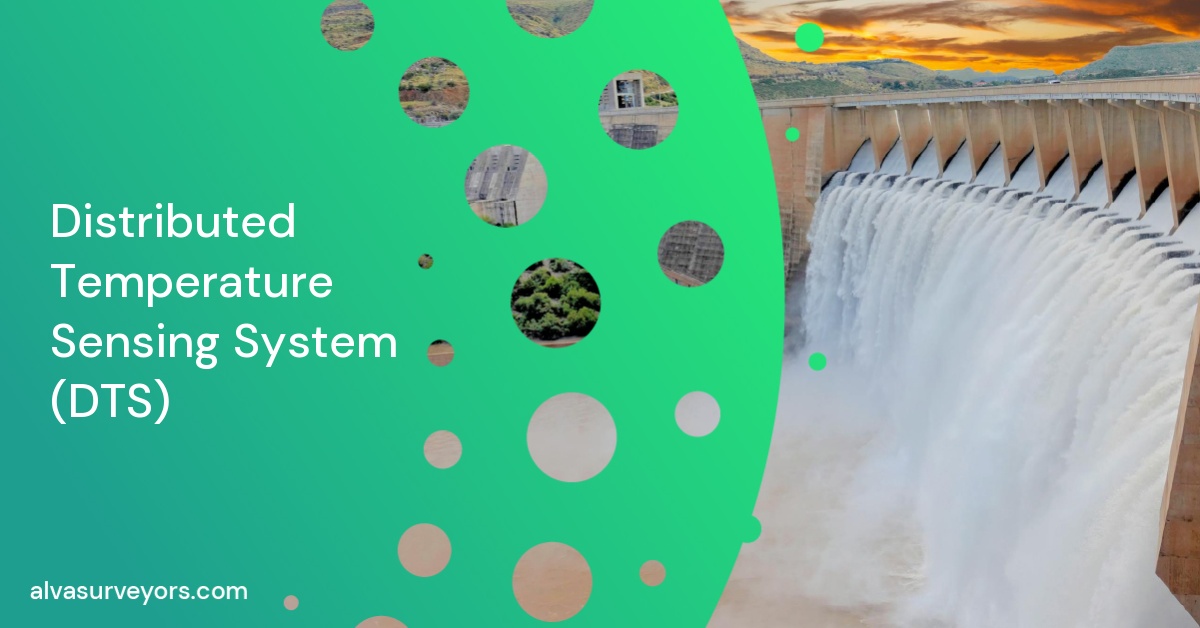The distributed temperature sensing system is a fiber based optoelectronic instrument that measures temperature in the fiber optic sensing cables.
According to Silixa, one of the distinctive specs of DTS is that it offers a continuous (distributed) temperature along the length of a detecting cable and not at distinct detecting spots, which should be pre-determined.
What You Need to Know About How Fiber Optic Temperature Sensors Work
A DTS system contains a pulsed laser that sends an approximately 1m pulse into a fiber optic sensor. As the plus moves along the fiber optic length, it intermingles with the glass.
Because of the small imperfection in this glass, the lesser quality of the laser pulse is redirected back to the distributed temperature sensing unit.
By analysing the redirected light, the distributed temperature sensing system can compute the temperature of an occasion (through examining the strength of the redirected light) and the location of the occasion (through computing how long it will take for the backscattered lights to come back) to generally within a meter.
Distribute Temperature Sensing Cable
Generally, DTS technology utilises ordinary telecom fiber optic cables. So, specific cables or detecting points are needed if measurements are needed at temp above 100°C.
Sensing fiber is based on single-mode fiber for the longer ranges (40 km-100km) and multimode fiber for shorter ranges of up to 40 kilometers.
DTS’s Fiber Optic Temp Measurement Specs
A DTS system can typically locate temperatures within a distance of one meter (also called spatial resolution) with an accuracy of ±1°C and detecting resolution to 0.01°C.
Nevertheless, there is an opposite relationship with measurement resolution, sampling time, and range. This includes temp tenacity lowers with variety and progresses the long time you obtain information for a particular measurement.
DTS- Raman Measurement Principle
A Fiber optic is created from doped quartz glasses. Once laser light is passed in fiber optics, an interaction happens between the molecule electrons and light particles or photons.
At a specific frequency in the electromagnetic range (called anti-stokes and stokes bands), light sprinkling, also called Raman scattering, happens in the fiber optics.
The intensity of the anti-stoke bands is temperature reliant/ local temp of the ocular fibers are extracted from the proportion of stokes light intensity and anti-stokes intensity.
Measuring principle- OFDR and OTDR Technology
There are two measuring principles of distributed sensing technology, Optical Frequency Domain Reflectometry (OFDR) and Optical Time Domain Reflectometry (OTDR).
DTS system uses the method of OFDR. An OFDR unit offers data on the local trains only when a backscatter signal sensed during the whole measurement duration is dignified as a task of occurrence in a multifaceted fashion. It is then subjected to Fourier transmission.
OTDR was created over two decades ago. It is recognised as the industry standard for measuring telecom loss. OTDR principle is simple and parallel to the time of flight amounts utilized for radar.
Principally, narrow laser pulses produced either by the solid-state or semiconductor laser are sent into fiber optics, and the back scattered light is examined.
From the moment it takes backscattered light to get back to the sensing unit, it’s easy to find the location of the temp event.
Most DTS systems available currently use OTDR technology.
Benefits of Distributed Temperature Sensing
Some of the features of DTS systems are:
- Exceptional economics of scale. A unit integrator or designer will not worry about the exact location of all sensing points. Thus, the cost of designing and installing sensing systems based on fiber-optic detectors is reduced from that of conventional detectors.
- Low operation and maintenance costs. A detecting cable doesn’t have moving sections, and designs last more than 30 years. So, the operation and maintenance expenses are lower than traditional detectors.
- DTS detecting cables are immune to vibration and electromagnetic interference.
- Safer for use in hazardous places, making these detectors a perfect choice for industrial detecting applications.
Distributed Temperature Sensing Wrap Up
When operating a unit based on optical measurements like DTS, you must consider the laser safety requirements for a permanent installation.
Most systems utilise low-power laser designs, which any user can apply. Other units are based on high-power laser of a 3B ratings, and even though safe for use by certified laser safety experts, they might not be perfect for permanent installation.






